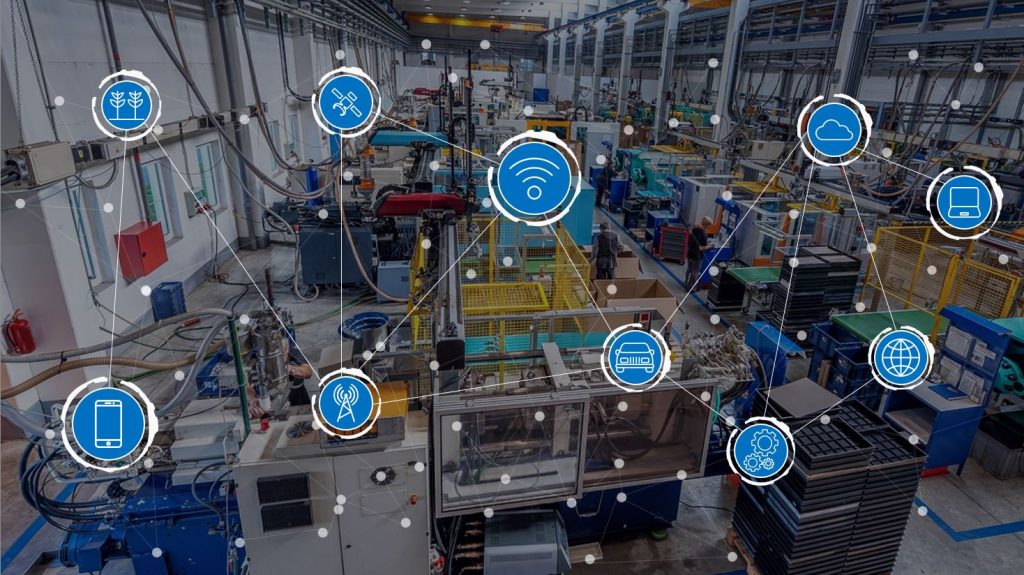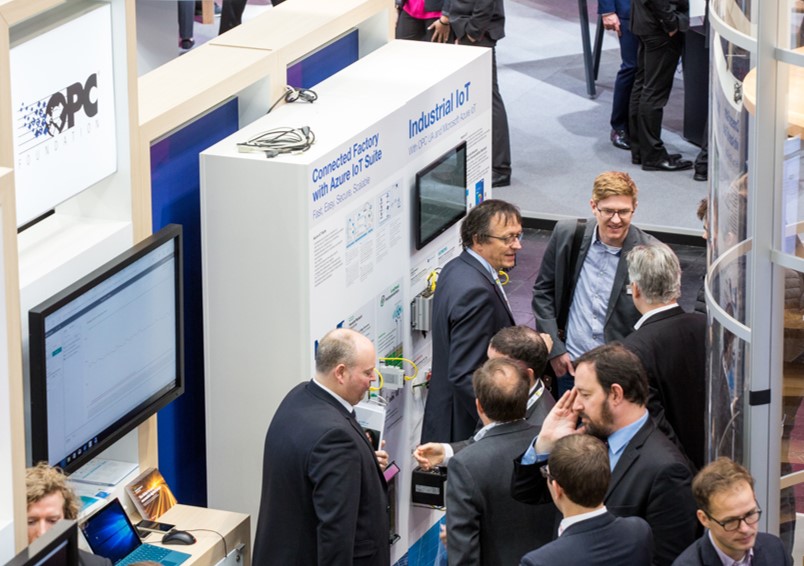
Why the OPC UA standard – and what’s next?
Digitally transforming assets is a priority for manufacturers in the age of Industry 4.0. Computers and automation technology have come together to create game-changing possibilities and the global marketplace has been turned completely on its head. To compete globally, manufacturers are looking to connect factory machines to the cloud and become more flexible in their production to meet customer expectations. However, they’re resistant to making changes to their machines because doing so seems too risky, expensive, insecure, and intrusive, especially given the wide variety of devices on the plant floor.
Recent technological developments, however, address these barriers to smart factory transformation, helping companies get connected to the cloud to manage data and devices, gain insights, and leverage machine learning capabilities. The backbone of this connectivity is the Open Platform Communications Unified Architecture (OPC UA), which simplifies interoperability and enables manufacturers to get a head start on transforming their assets into smart factories.
What is OPC UA?
OPC UA is a standard that ensures the open connectivity, interoperability, security, and reliability of industrial automation devices and systems.1 OPC UA is widely recognized as the key communication and data modeling technology for the Industry 4.0 initiative. It works with many software platforms, is completely scalable, and has been widely adopted across several industries because of its flexibility.
The OPC UA standard is driven by the OPC Foundation, a non-profit organization with the goal of facilitating multi-vendor, multi-platform, secure, and reliable interoperability. Microsoft has a long-standing partnership with the OPC Foundation. Collaboration between the two companies started in 1994 and has continued across several key initiatives, including support for platform-neutral OPC UA across IoT offerings, including Azure IoT Suite and the Universal Windows Platform built into Windows 10 IoT. Most recently, Microsoft contributed a .NET Standard reference stack to the OPC Foundation GitHub open-source, making Microsoft the number one open-source contributor to the OPC Foundation.2
Microsoft is also the only cloud vendor that uses both OPC UA client-server connections as well as the new OPC UA publish-subscribe connections all the way to the cloud and back. This means Microsoft is in a unique position to make the rich OPC UA information model, i.e. the semantic description of the machines, available in the cloud for enabling services there that so far were only possible on-premises.

So, why has Microsoft gone to such great lengths to build functionalities around OPC UA?
Openness and interoperability between hardware, software, and services will be key in helping manufacturers transform how they operate and create solutions that benefit productivity. As the de-facto communication technology for Industry 4.0, OPC UA is essential to reaching this next level of connectivity in manufacturing facilities.
Several characteristics make OPC UA an attractive standard for interoperability. First, the standard is open and the specifications have been published on the OPC Foundation website for anyone to read; it is independent and belongs to no single entity. Its specifications have been developed – and improved on – by various industry vendors, end users, and software developers over time. The standard also provides a rich, extensible data model which easily integrates with new technologies and methodologies while remaining compatible with legacy products. Of course, one of the top concerns when considering any new technology solution is security. Built by experienced industry leaders, this concern has not gone unaddressed; security is deeply integrated into the standard to give organizations the ability to manage access, authentication, validation, and encryption.
These characteristics lay the foundation for a powerful approach to connecting plants and facilities to the cloud. Adapting machines to become compatible with OPC UA is an un-intrusive, cost-effective way to connect factory assets and adapters to field buses are available through a rich ecosystem of vendors. As a result, users get enhanced flexibility to innovate and create more customer-centric products, improving manufacturers’ abilities to compete on a global scale.
What’s next?
Microsoft is committed to enabling businesses to digitally transform through cloud connectivity and services. Continued development of cloud productivity solutions like Azure IoT Suite and Azure IoT Central will be instrumental in getting manufacturers started on the journey to Industry 4.0. Connectivity, however, is just the first step. Once companies are connected, they will need solutions that support their ability to gain efficiency through machine learning and analytics. They will also be looking for solutions that enable them to use those insights to develop new products and business models.
As part of this continued commitment to enabling businesses, future versions of Azure services will include deeper integrations of OPC UA. This deep integration will deliver expanded machine learning and analytics capabilities as well as device management services and will enable Microsoft to deliver the exceptional benefits of a globally available, hyperscale cloud offering at competitive rates.
Microsoft also remains an active participant in shaping future generations of the OPC standard. By collaborating with the OPC Foundation, Microsoft is continuing to improve OPC UA by lending cloud, security, and IT expertise and is now collaborating at all levels of the OPC Foundation, including the board of directors, the technical and marketing control boards, as well as all working groups.
Conclusion
Microsoft’s Azure IoT Suite Connected Factory solution provides manufacturers a way to take the first step towards Industry 4.0. The solution enables manufacturers to take advantage of the OPC UA interoperability standard to connect new and legacy equipment while benefiting from the security and privacy of the Microsoft cloud. The solution enables manufacturers to cloud-enable their equipment, perform condition monitoring and gain operational efficiency.
With the availability of new and exciting IoT solutions like Connected Factory, there has never been a better time to kickstart the digital transformation of your business. The OPC Foundation’s global vice president Stefan Hoppe recently spoke of the importance of leveraging IoT, saying:
“You really need to start now to embrace IoT and digitize your operations. Incorporating standards and interoperability will make your life, and the operations of your factory, much easier. Knowing that you have secure connectivity will free up your time to plan how to make the best strategic use of your new services; not use them just to collect data.”4
Microsoft’s IoT solutions and rich partner ecosystem are making it possible for organizations of any size, with any budget, to start getting connected today. If you’re ready to take the first steps toward accelerating your business’ transformation, try the Connected Factory solution demo.
[msce_cta layout=”image_center” align=”center” linktype=”blue” linkurl=”https://www.microsoft.com/en-us/internet-of-things/” linkscreenreadertext=”Learn more about Microsoft IoT” linktext=”Learn more about Microsoft IoT” ][/msce_cta]
- OPC Foundation and Microsoft: Accelerating the future of manufacturing, 2017
- Azure IoT Suite Connected Factory now available, 2017
- IoT platforms in Europe (preliminary results), 2017
- OPC Foundation and Microsoft: Accelerating the future of manufacturing, 2017




